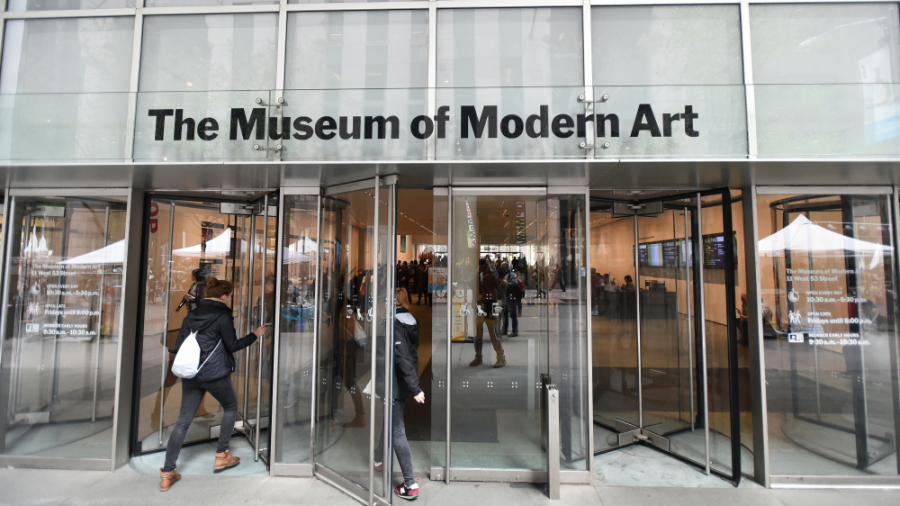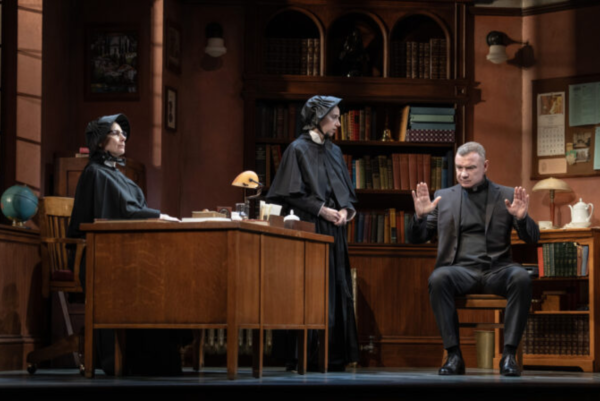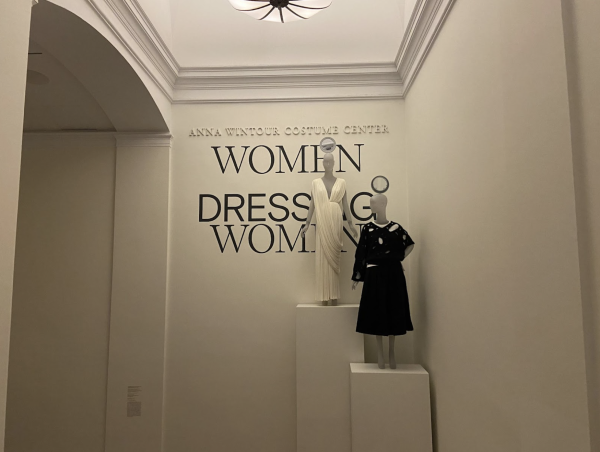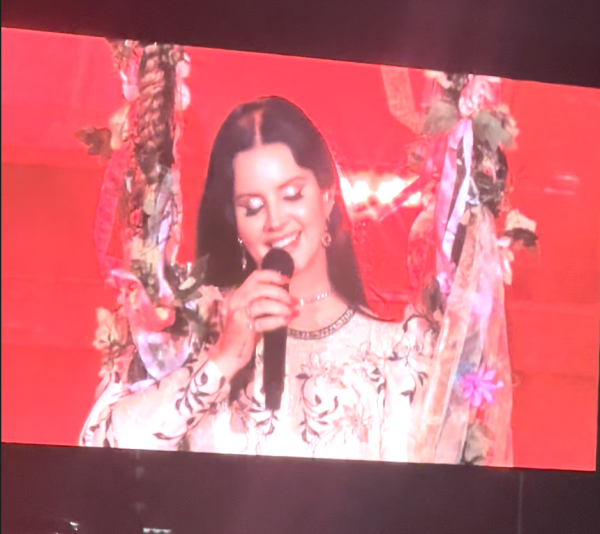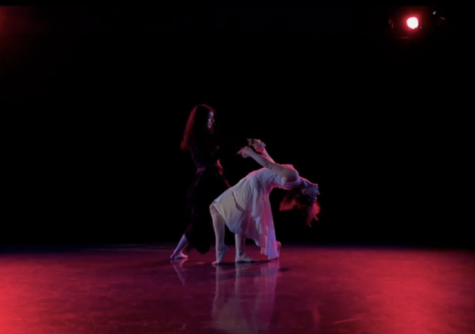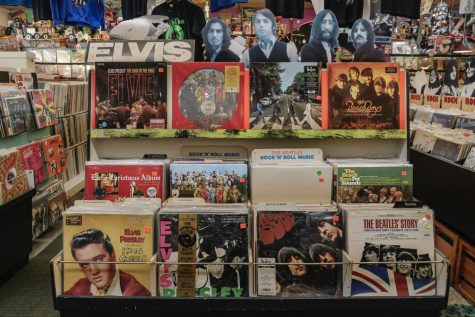Reopening of the MOMA
A Renovation Making the MOMA Even More Modern
On the brink of a new decade in history, the Museum of Modern Art has just reopened its doors to reveal a renovation fit for a modern age. In June of this year, the MoMA closed its doors and began a five-month-long, $450 million dollar renovation that has made the modern museum even more modern. For decades, the MoMA has been heralded as one of the finest art museums in the world, known for its unrivaled collection of modern art that includes renowned works by Van Gogh, Picasso, O’Keeffe, Pollock, and Kandinsky, to name a few. Despite the museums already remarkable collection, the major initiative of the renovation was to not only renovate the architecture of the museum but also to renovate the collection to present a more complete and current story of modern and contemporary art to the public.
While visitors can still come to the museum to see highlights such as The Starry Night by Van Gogh, or The Demoiselles d’Avignon by Picasso, they will also be met with numerous new works that will allow them to experience modern and contemporary art in a modern way. Within the reworked collection visitors will see a newly focused attention on works from overlooked and underrepresented groups and cultures from all around the world, in order to present a wider scope of the modern and contemporary art world that is continuously expanding beyond just Western art.
In an ever-evolving world, the museum’s curators are beginning to realize that their collection must evolve as well, and the current director of the museum, Glenn D. Lowry states that “the usual gets now supplanted by the unexpected.” Walking through the new gallery spaces, visitors will be met with the unexpected in both the content of the galleries and the way that this content is exhibited. Perhaps the most unexpected change that viewers will experience is the museum’s choice to abandon a discipline-based system of displaying their art. The gallery floors are still arranged chronologically, but now, curators have put mixed media in conversation with each other, displaying sculpture, painting, photography, architecture, performance, and design all in one cohesive space. This connective arrangement of artforms will now allow visitors to experience this art in a way that they never have before and open up conversations about the powerful interactions between mediums that are otherwise displayed separately.
Along with this change, the museum will continue to keep the galleries feeling fresh by rotating a selection of art every six to nine months. Not only were the galleries designed around this idea of the unexpected, but rather the museum as a whole. Newly added spaces around the museum have created more opportunities for the public to interact directly with art installations, performances, conversations, and even opportunities to create their own art. Together, all of these elements support the museum’s efforts to create a space where people can not just view art, but immerse themselves in it as well.
Overall, the new MoMA is a place that opens a door to a new way of experiencing modern and contemporary art, that invites you in and allows you to interact openly with a collection of works in a way that the old MoMA did not. The Museum of Modern Art has truly grown into its own modernity, and it has done it in a time when the modern and contemporary art world needs it the most. Experience the new MoMA for yourself today.

